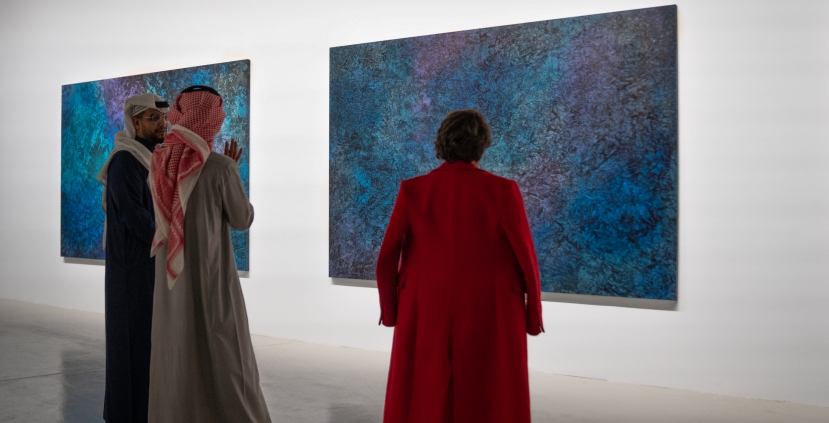
Art, at its most compelling, is both a mirror and a map—reflecting cultural identity while charting new paths of expression. Nowhere is this more evident than in Fragments of Folklore, an exhibition set to unfold in Riyadh’s JAX District from April 30 to May 12, 2025. This ambitious collaboration between THAA, MIR’A Art, and TRIYAD promises more than a showcase; it is a conversation between heritage and reinvention, a declaration that the region’s artistic past is not a relic but an evolving, dynamic force shaping the present and the future.
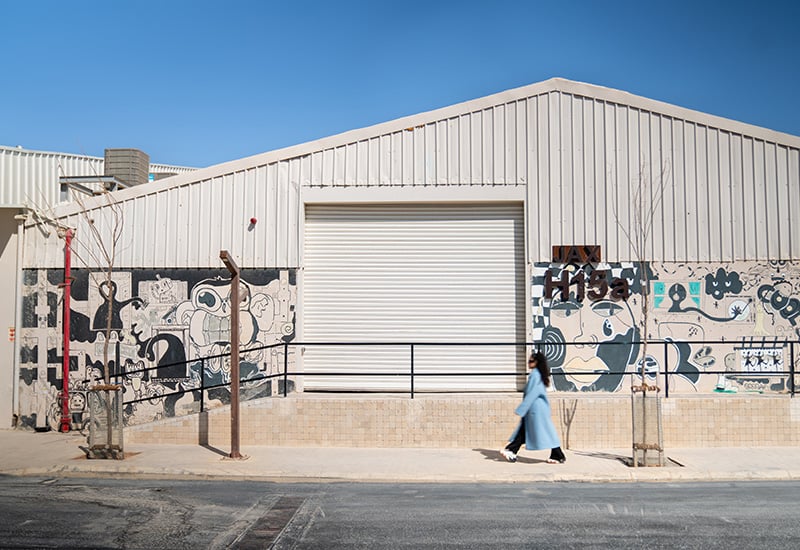
As Saudi Arabia undergoes a sweeping cultural transformation under its Vision 2030 initiatives, Fragments of Folklore stands as a milestone in the nation’s artistic evolution. Featuring works by Rashid Al Khalifa, Lulwah Al Homoud, Raeda Ashour, and Hamra Abbas, the exhibition explores the intersection of traditional narratives and contemporary expression.
More than a display of artistic excellence, Fragments of Folklore challenges long-held perceptions of accessibility in art. By positioning folklore as a living language—one that extends beyond oral traditions into geometry, calligraphy, and materiality—the exhibition reclaims and reinterprets cultural symbols, proving that art is neither static nor exclusive. This perspective aligns seamlessly with the broader efforts within the Kingdom to amplify female representation in the arts, as seen in the inclusion of two pioneering Saudi female artists among the four featured.
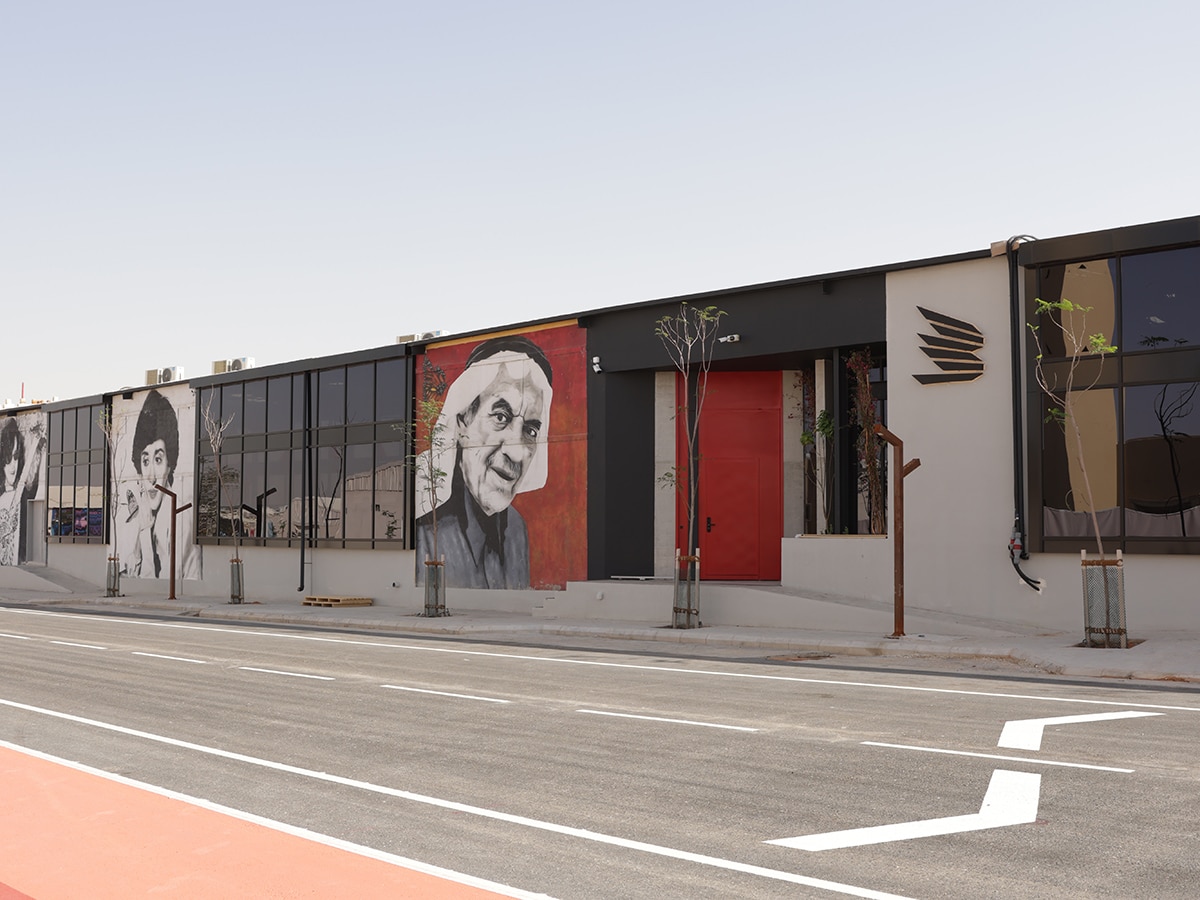
Against the backdrop of Saudi Arabia’s burgeoning arts scene, Fragments of Folklore emerges at a moment of unprecedented cultural investment. Riyadh is fast becoming a global arts capital, marked by projects like the Louvre Riyadh and the Centre Pompidou’s expansion into AlUla. The Saudi art market itself is gaining international attention, with Sotheby’s inaugural auction in 2025 serving as a testament to the region’s growing influence.
Beyond institutional investments, Saudi Arabia is actively fostering artistic dialogue through initiatives such as the Islamic Arts Biennale and Desert X AlUla, both of which reframe the nation’s artistic heritage for contemporary audiences. By integrating Fragments of Folklore into this dynamic landscape, the exhibition asserts itself as not merely an event, but a movement—one that reclaims narratives historically shaped by external perspectives and positions Saudi artists at the center of the global artistic discourse.
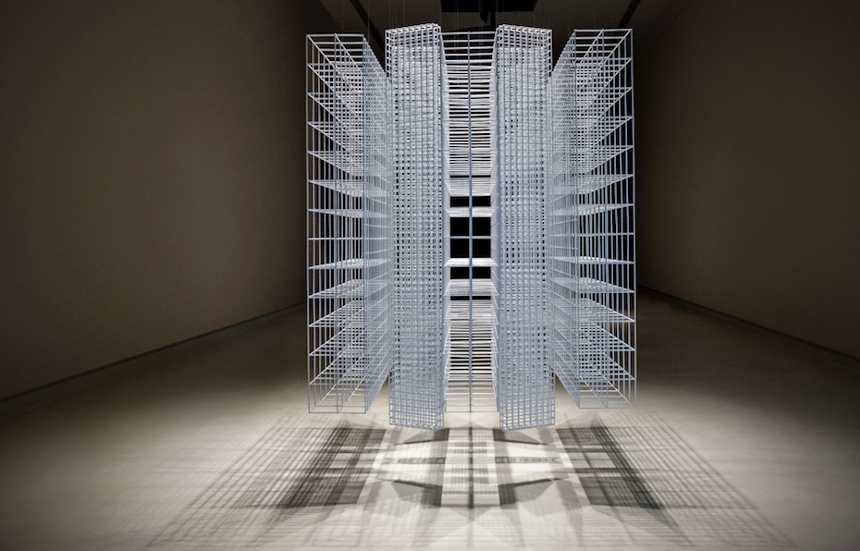
The four featured artists in Fragments of Folklore engage deeply with inherited traditions, transforming them into striking contemporary statements. Their works challenge the boundaries between past and present, between cultural preservation and artistic experimentation.
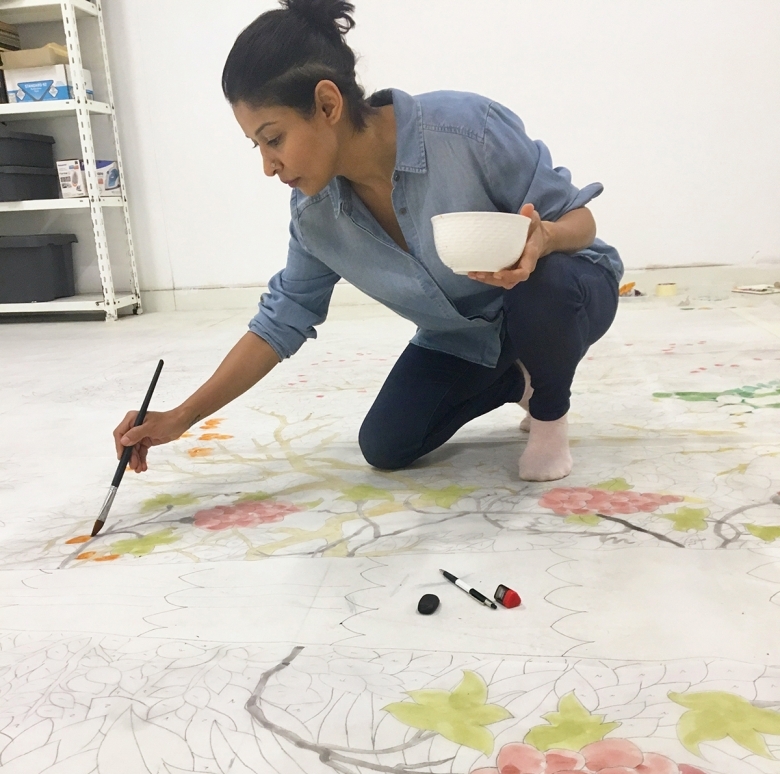
Blurring the lines between classical and contemporary, Abbas utilizes traditional mediums such as miniature painting and marble inlay to reinterpret religious and historical iconography. Her Aerial Studies series, featured in the exhibition, plays with perception and form, questioning how cultural memory is preserved and transformed over time.
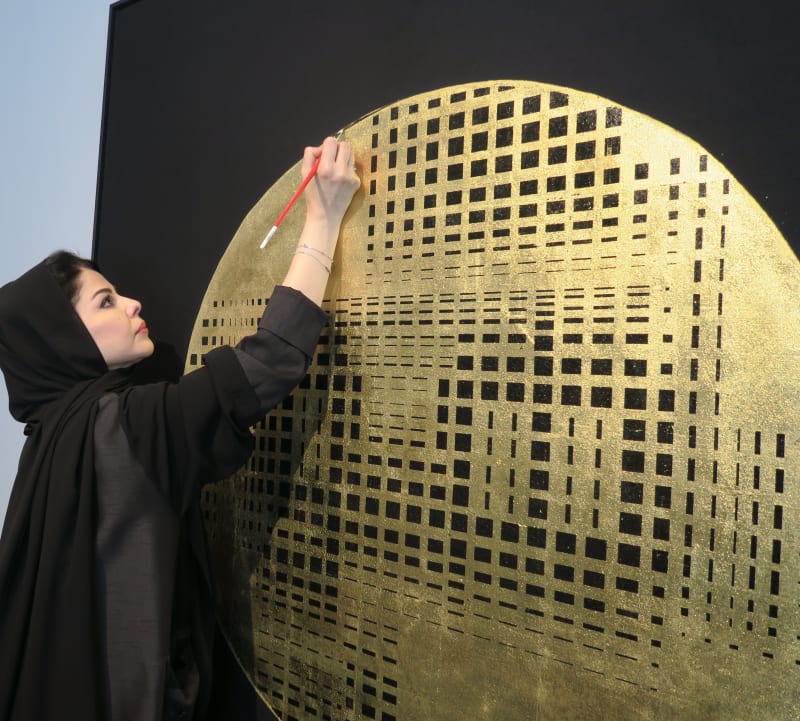
Renowned for her pioneering approach to mathematical calligraphy, Al Homoud deconstructs Arabic script into abstract compositions, revealing the intricate logic underpinning Islamic aesthetics. Her Rumi #4 and Al Moez series offer a contemporary vision of linguistic heritage, where letters transcend their conventional roles to become rhythmic patterns of meaning.
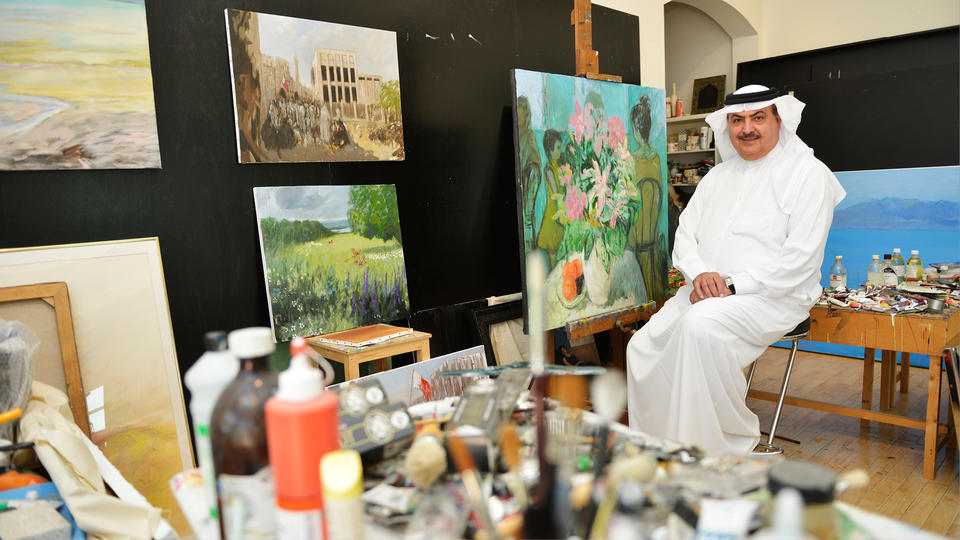
Known for his structural interplay of light, architecture, and space, Al Khalifa’s work in Fragments of Folklore challenges conventional understandings of pattern and perception.
His Wall Painting installations bring a three-dimensional quality to geometric abstraction, engaging viewers in an immersive experience of Islamic visual traditions.
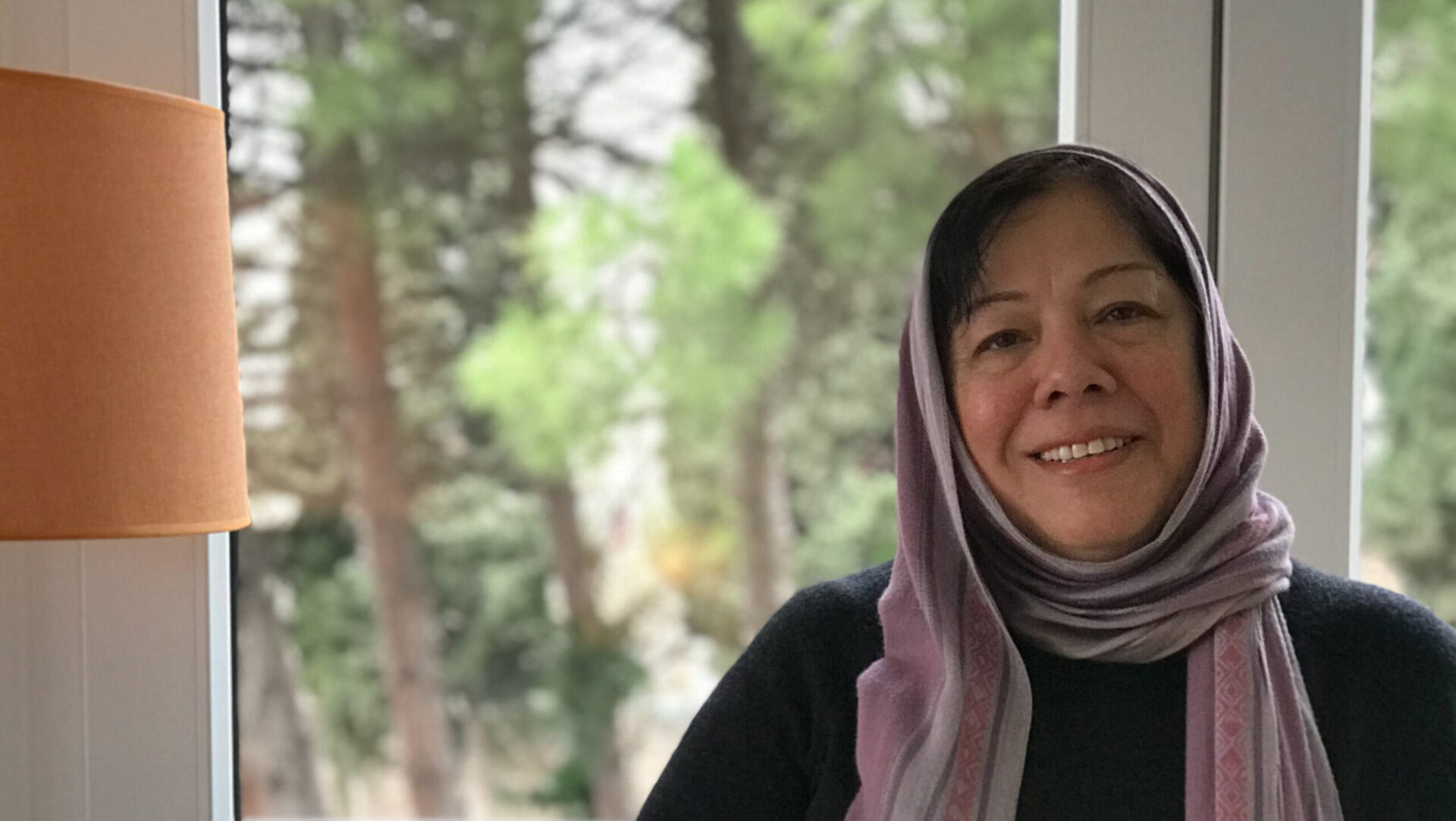
Returning to the artistic forefront, Ashour reimagines traditional Islamic motifs and architectural elements in a bold, contemporary lexicon. Her Detail Allah Series 2 and Untitled pieces reconstruct calligraphic and ornamental patterns into dynamic new configurations, breathing new life into classical forms.
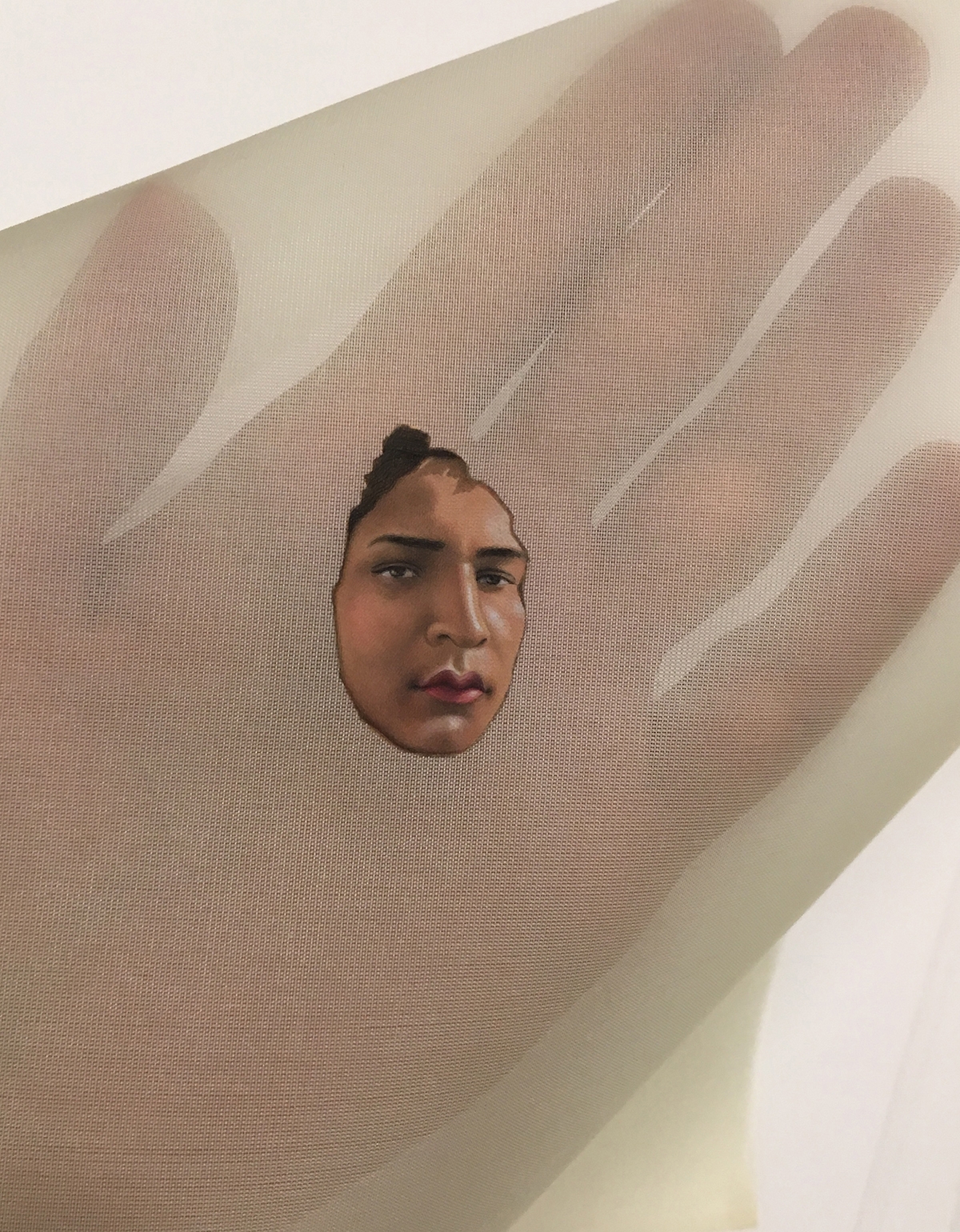
Beyond its aesthetic impact, Fragments of Folklore represents a paradigm shift in the way art is experienced and owned. By fostering mentorship programs for emerging Saudi artists, establishing international partnerships, and introducing a curated Art Store with accessible works, the exhibition dismantles barriers that have historically defined high art as the domain of an elite few. This aligns with a larger movement within the region to shift from a Eurocentric artistic framework to a more multi-centric narrative—one where Middle Eastern and South Asian artists drive their own discourse.
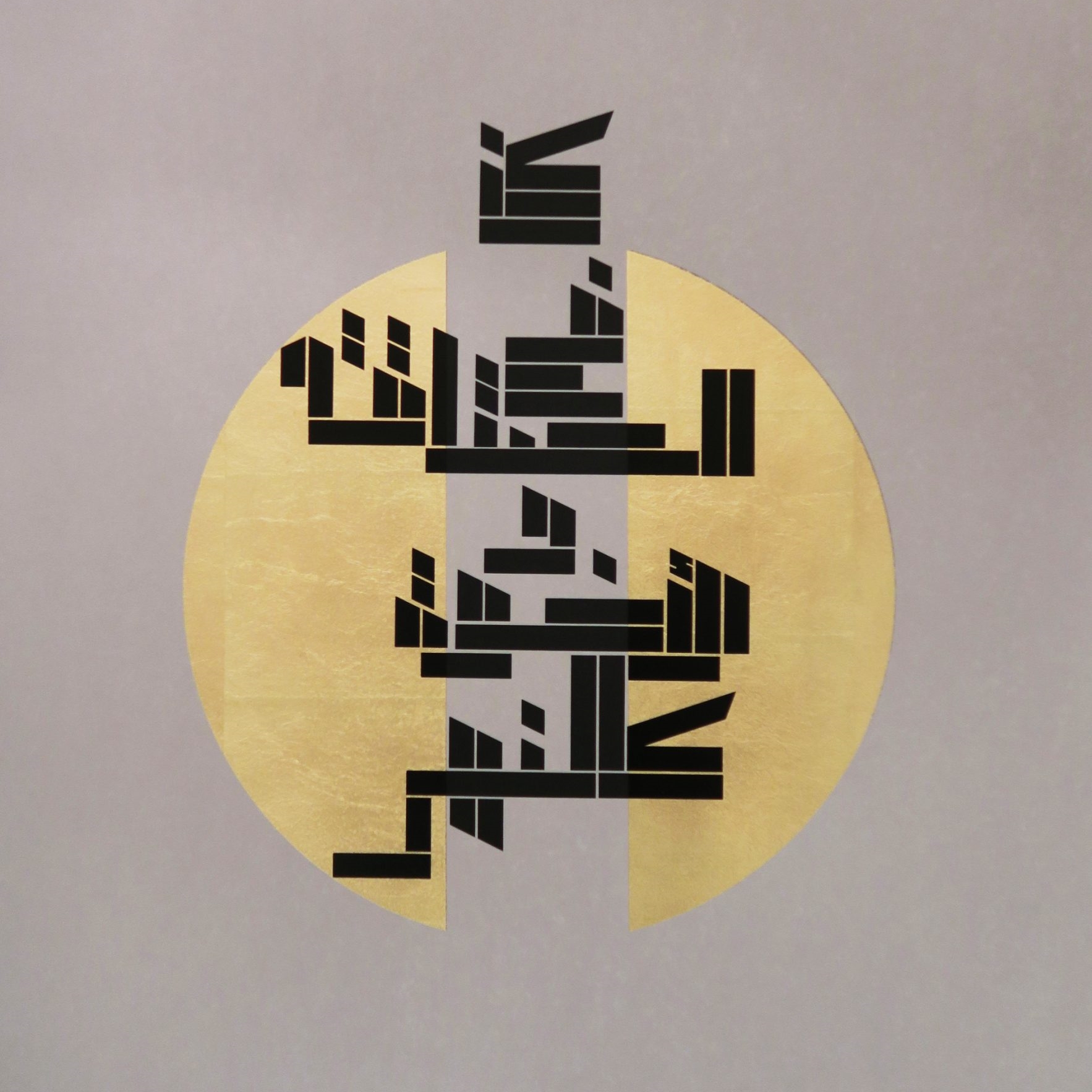
Through these initiatives, Fragments of Folklore is not simply an exhibition; it is a manifesto for a more inclusive, engaged, and evolving art world.
Exhibition Details
Fragments of Folklore will take place in the JAX District of Riyadh from April 30 to May 12, 2025. A press preview is scheduled for April 28 by invitation only. The exhibition is presented by THAA, MIR’A Art, and TRIYAD.